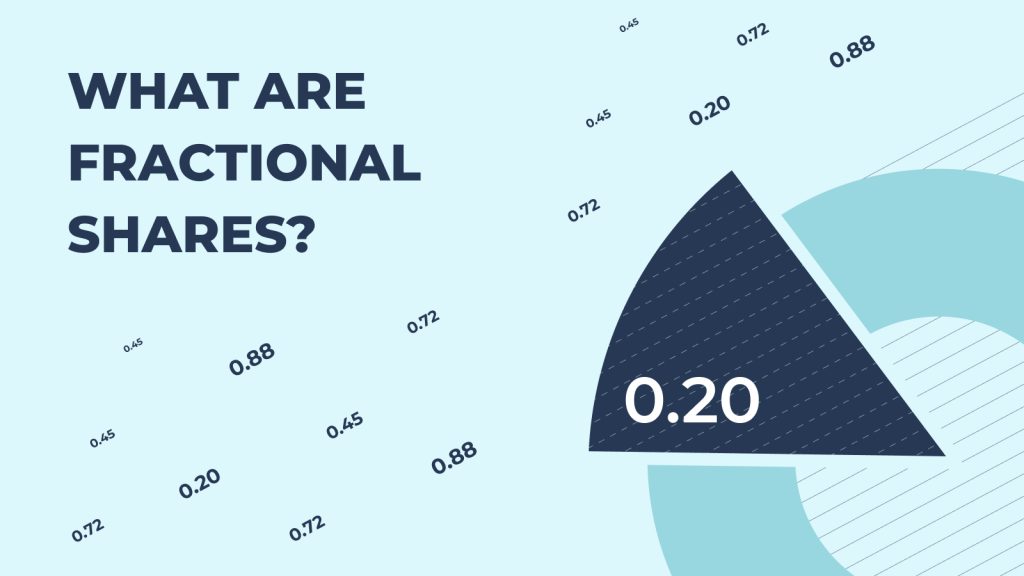Beijing, June 7, 2024 – In a surprising turn of events, China’s exports in May surged at their fastest rate in over a year, even amidst ongoing trade tensions with the United States and Europe. However, imports did not meet analysts’ expectations, according to customs data released on Friday.
Exports Hit New Highs
China’s exports rose by an impressive 7.6% in May compared to the same period last year, reaching a total of $302.35 billion. This marks the most significant growth since April 2023. The uptick in export figures is partly attributed to a lower baseline from the previous year, when exports had dropped by 7.5%. In contrast, April saw a modest 1.5% year-over-year growth in exports.
Underwhelming Import Performance
While exports soared, imports recorded a modest increase of 1.8%, totaling $219.73 billion. This fell short of the anticipated 4% growth forecasted by analysts. In April, imports had shown a stronger performance with an 8.4% increase.
Trade Surplus Expands
The robust export growth widened China’s trade surplus to $82.62 billion in May, up from $72.35 billion in April. This widening trade surplus comes despite escalating trade tensions with major trading partners.
Impact of Trade Tensions
The United States has intensified tariffs on Chinese-made electric vehicles, and Europe is contemplating similar measures. Despite these challenges, some experts believe these tariffs might temporarily boost exports. Zichun Huang of Capital Economics suggested that the urgency to ship products before tariffs take effect could be driving the export numbers.
“Foreign tariffs are unlikely to immediately threaten exports; if anything, they may boost exports at the margin as firms speed up shipments to front-run the duties,” Huang stated. She also noted that a weaker real effective exchange rate is likely supporting export growth.
Future Outlook for Imports
Huang mentioned that while import volumes remained relatively stable in May, they are expected to rise soon. Increased government spending, particularly in the import-intensive construction sector, is likely to drive this growth.
Slowing Factory Activity
Despite the positive export data, China’s factory activity showed signs of slowing. An official survey indicated that the manufacturing purchasing managers index (PMI) fell to 49.5 in May from 50.4 in April. This index, published by the China Federation of Logistics and Purchasing, uses a scale where a reading below 50 signifies contraction.
Economic Challenges
China continues to face significant economic hurdles as it attempts to recover from the COVID-19 pandemic. Global demand remains subdued following interest rate hikes by the U.S. Federal Reserve and other central banks aimed at controlling inflation. Additionally, a downturn in China’s property market is exerting further pressure on economic growth.
Economic Growth Targets
The Chinese government has set an ambitious target of around 5% economic growth for this year. Achieving this goal will likely require substantial policy support, according to economists. Enhanced government spending and strategic measures to boost both domestic and international trade are essential to meet these targets.
Conclusion
While China’s export sector shows resilience and adaptability in the face of external pressures, the broader economic picture remains complex. Balancing export growth with robust domestic consumption and investment will be critical for sustaining economic momentum in the coming months.
For more updates on global trade and economic developments, visit ImpactWealth.Org.


















